<br>
###Developing a soldered protoboard for an Arduino projecgt.
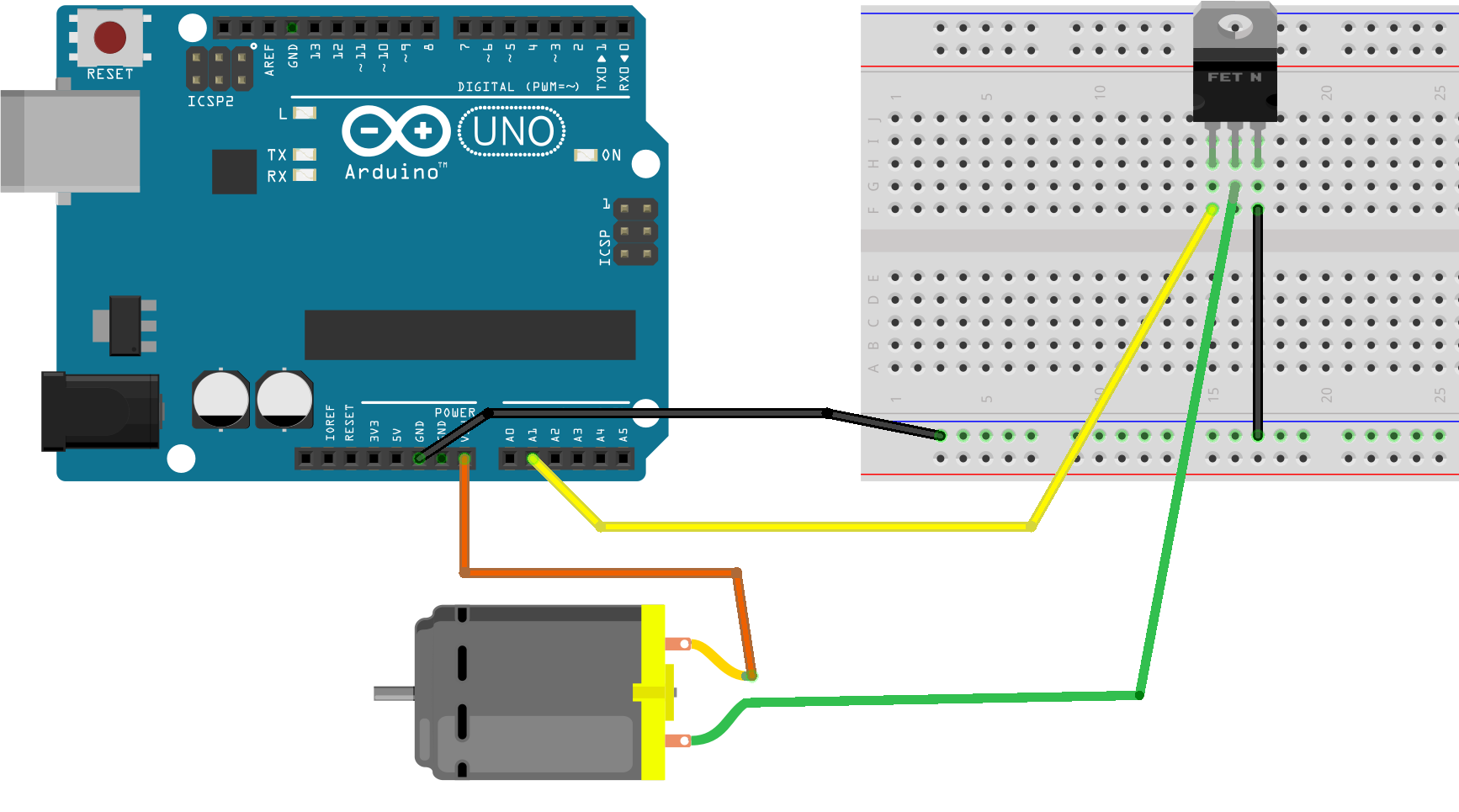
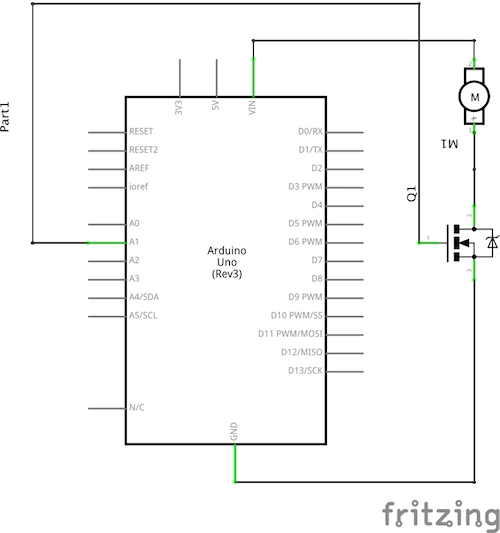
Pictured above is the circuit and schematic used to drive a motor with an Arduino Uno. An n-type MOSFET (Field effect transistor)
is used to switch current to the motor using low-current logic level signals from the Arduino, attached to the transistor's gate pin.
I used the large n-type Feild Effect Transistor (FET) found in our inventory (P55NF06). This large transistor was chosen because it is easier to see how it
works in the circuit. The smaller IRLD024 FET in the inventory would work as well, but its legs need
to be bent to fit in the protoboard, and the order of its pins is different. See pictures below.
The schematic is generated from fritzing.com.
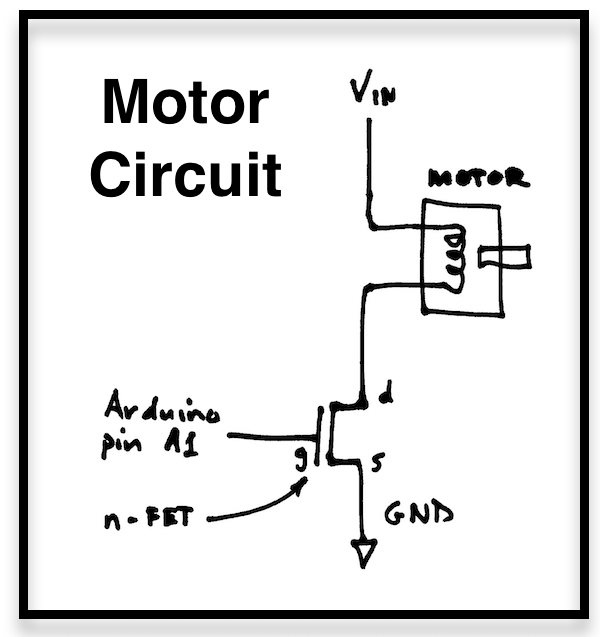
Above is a sketched schematic.
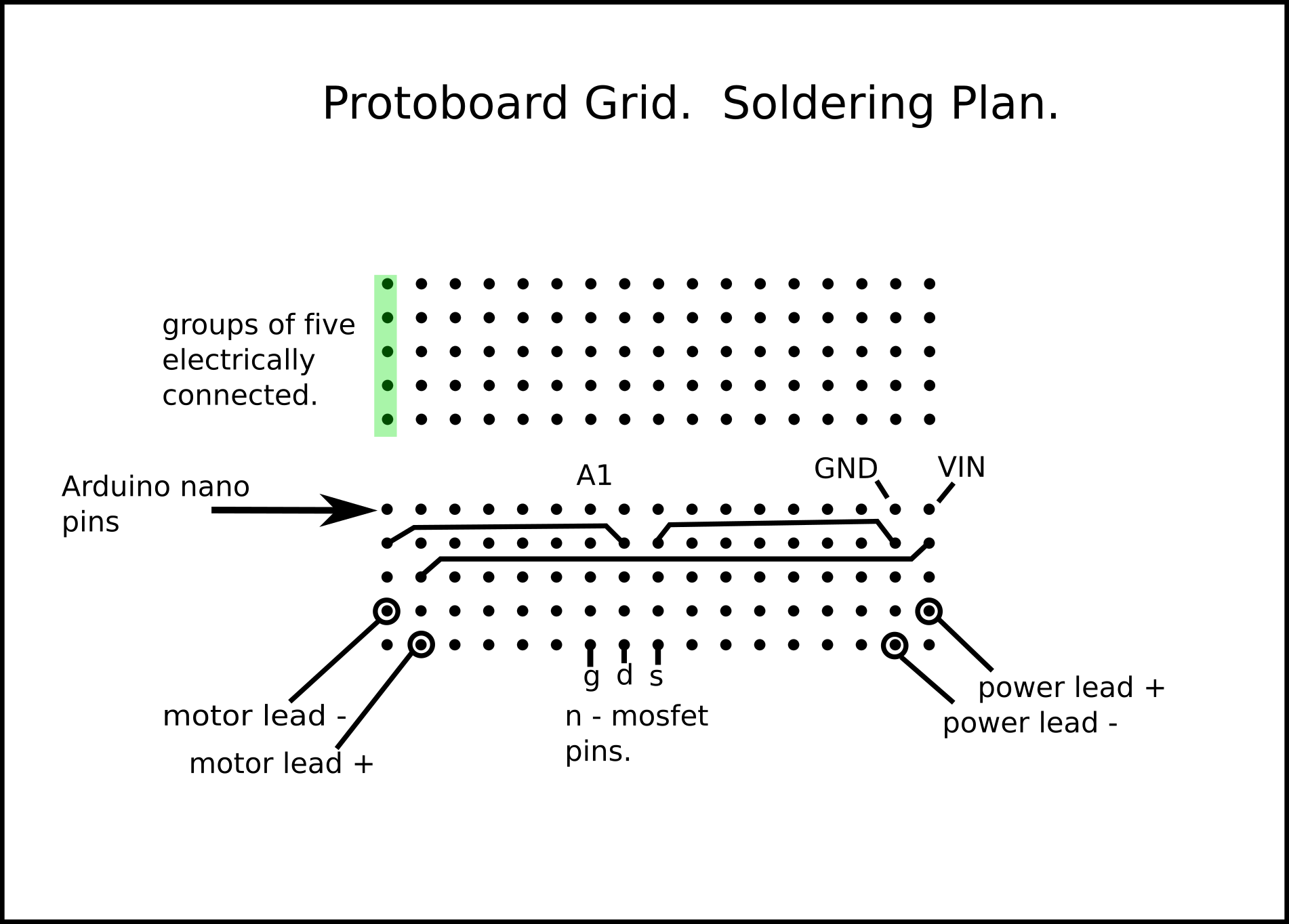
To make this project in a smaller, fully soldered form, I chose the Arduino nano, and a small protoboard
from Sparkfun. The holes for soldering are arranged in a grid, shown schematically above. To plan the soldering,
I sketch the paths of wires, the location of components and connectors, and show where the pins of the Arduino will end up.
Here is an [Inkscape svg file](./sparkfun_board.svg) of the dot pattern.
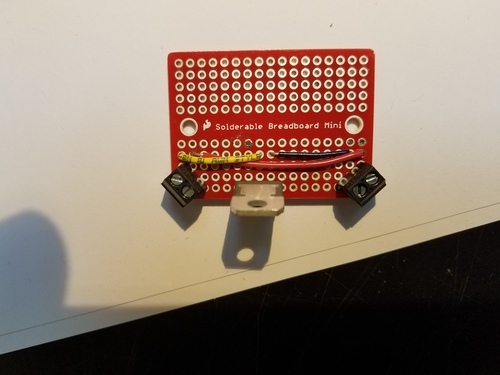
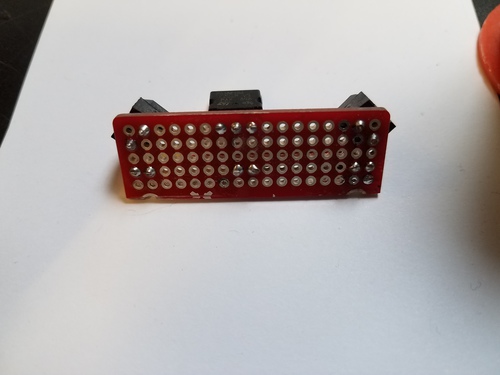
Above is the board with wires, components and connectors soldered.
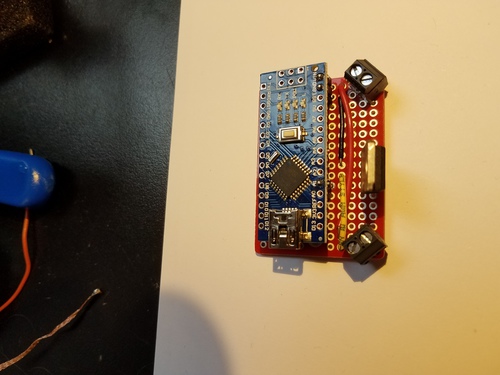
Above, the Arduino nano has been added.
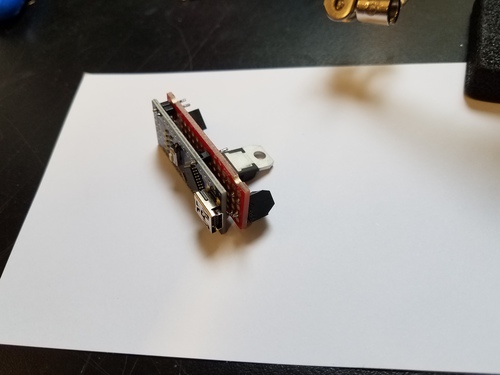
In this case, I only need half the board. I made a smaller version by cutting the board in half and soldering
the Arduino nano to the bottom side rather than the top.
### Using the smaller IRLD024 n-channel MOSFET.
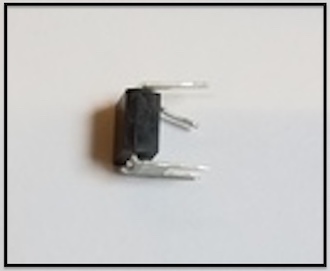
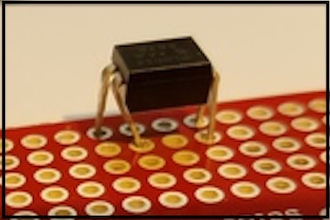
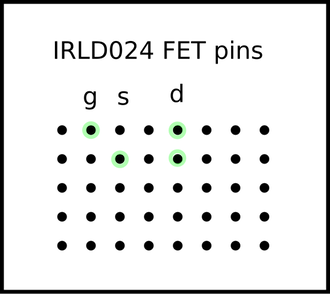
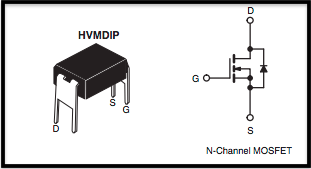
The figures above show one way to use the IRLD024 n-mosfet on the protoboard. It was necessary to bend on of the pins to access three different
columns. It is also possible to use this FET in the middle of the board, with its legs on the two different sides of the board,
stretching across the "valley".